(NLDO) - When our species Homo sapiens appeared, the world had 8-9 other human species. But they all mysteriously became extinct.
According to SciTech Daily, the remains of a Neanderthal man found in a cave in France have revealed evidence of the disappearance of this ancient human species.
Neanderthals are the species of human thought to have the most in common with us Homo sapiens within the genus Homo (Human genus), which had about 8-9 species at the time 300,000 years ago, when our species appeared.
Despite their good health, large brains, and incredible development in toolmaking, hunting, social organization, etc., they mysteriously disappeared.
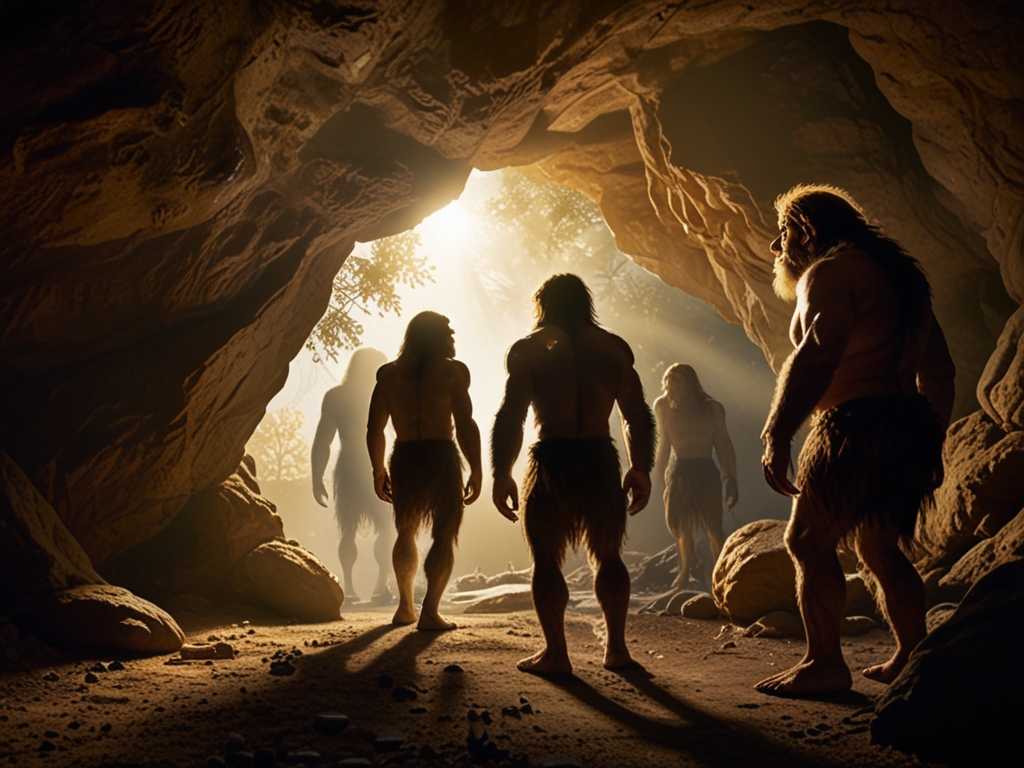
Members of an isolated community of ancient humans called Neanderthals have been found in a cave in France - Illustration AI: ANH THU
Now, through a Neanderthal man in France, a team from the Globe Institute at the University of Copenhagen (Denmark) supports one of the major hypotheses about this extinction.
“The newly discovered Neanderthal genome has a different origin than other late Neanderthals previously studied, supporting the idea that their social organization was different from ours,” explains lead author Associate Professor Martin Sikora.
More specifically, the man's genome, dated to around 40,000 years ago, showed no close genetic link to known Neanderthal populations in the area.
This proves that this man belongs to a Neanderthal lineage from somewhere far away, without blood mixing for many generations, meaning his community lived very isolated.
According to Associate Professor Sikora, many of this species' genomes have previously revealed similar traces of inbreeding, which would have resulted in a lack of genetic diversity.
So scientists think they have lived in small groups for many generations and that may be the habit of the species.
“We know that inbreeding reduces genetic diversity in a population, which can be detrimental to their survival if it occurs over a long period of time,” Associate Professor Sikora analyzed.
So it seems that Neanderthals were very different from our ancestors in their views on finding a mate.
Much previous paleoanthropological evidence suggests that Homo sapiens have been in the habit of exchanging marriages between distant communities for a long time.
Our ancestors even mated with Neanderthals, and it seems to have been a Homo sapiens-type relationship that actively moved into a different species community.
In other words, compared to this ancient human species, the species known as "Homo sapiens" we were more likely to connect with other groups from the beginning.
It is an advantage to the population in terms of survival.
It is not impossible that other human species have followed the same path as the French heterosexual community, as previous studies have shown that other species are not as socially developed as Homo sapiens.
Yet, the ancient human species Neanderthals or Denisovans somehow still exist among us, or rather, among our DNA passed down through interbreeding that occurred tens of thousands of years ago.
The new study was just published in the scientific journal Cell Genomics.
Source: https://nld.com.vn/hai-cot-40000-nam-tiet-lo-bang-chung-cac-loai-nguoi-khac-bien-mat-196240916094637796.htm



![[Photo] Prime Minister Pham Minh Chinh inspects and directs the work of overcoming the consequences of floods after the storm in Thai Nguyen](https://vphoto.vietnam.vn/thumb/1200x675/vietnam/resource/IMAGE/2025/10/08/1759930075451_dsc-9441-jpg.webp)



![[Photo] Prime Minister Pham Minh Chinh attends the World Congress of the International Federation of Freight Forwarders and Transport Associations - FIATA](https://vphoto.vietnam.vn/thumb/1200x675/vietnam/resource/IMAGE/2025/10/08/1759936077106_dsc-0434-jpg.webp)
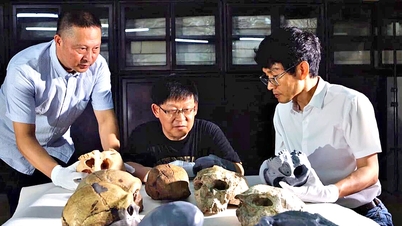

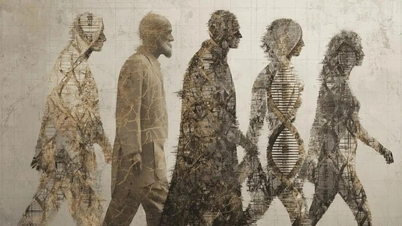


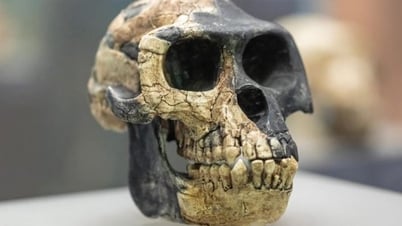

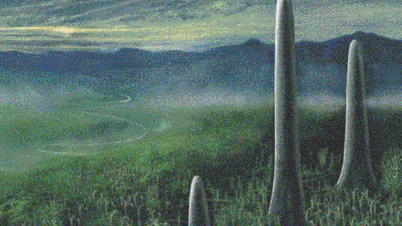
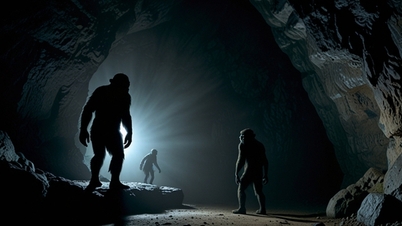




![[INFOGRAPHIC] Bigme HiBreak Pro Color, Smartphone for book lovers](https://vphoto.vietnam.vn/thumb/402x226/vietnam/resource/IMAGE/2025/10/08/1759930976900_info-dt-docsach-02-jpg.webp)














![[Photo] Closing of the 13th Conference of the 13th Party Central Committee](https://vphoto.vietnam.vn/thumb/1200x675/vietnam/resource/IMAGE/2025/10/08/1759893763535_ndo_br_a3-bnd-2504-jpg.webp)


































































Comment (0)